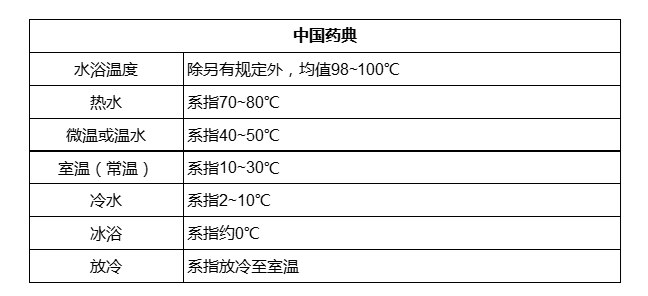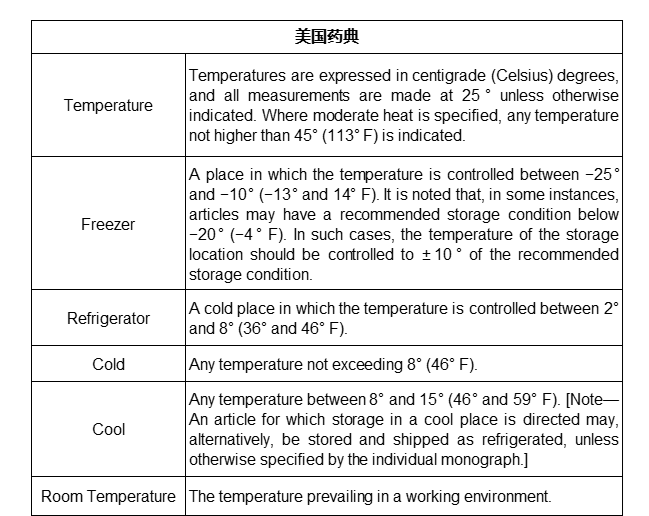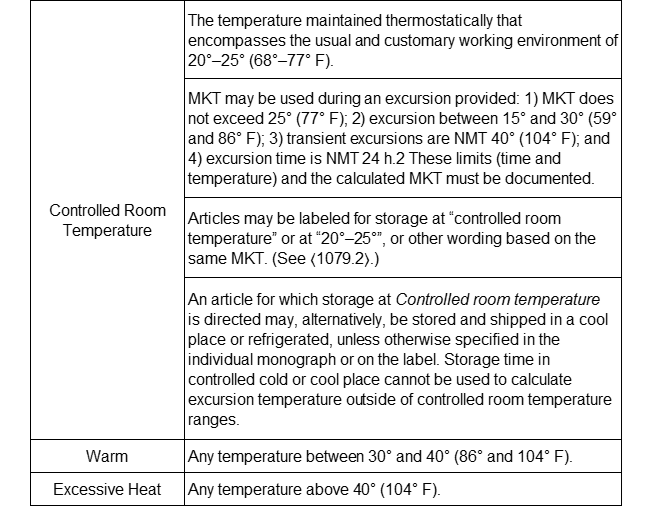1、相对密度对密度
中国药典 ch.p<0601>相对密度测定法,温度要求:20℃;
美国药典usp<841>specific gravity,温度要求:25℃;
欧洲药典ep<2.2.5>relative density,温度要求:20℃。
2、旋光度
中国药典ch.p<0621>旋光度测定法,温度要求:20±0.5℃;
美国药典usp<781>optical rotation,温度要求:25±0.5℃;
欧洲药典ep<2.2.7>optical rotation,温度要求:20±0.5℃。
3、折光率
中国药典ch.p<0622>折光率测定法,温度要求:20±0.5℃;
美国药典usp<831>refractive index,温度要求:20℃;
欧洲药典ep<2.2.6>refractive index,温度要求:20±0.5℃。
4、炽灼残渣/硫酸灰分
中国药典ch.p<0841>炽灼残渣检测法,温度要求:700~800℃,(如需将残渣留作重金属检查,则炽灼温度500~600℃);
美国药典usp<281>residue on ignition,温度要求:600±50℃;
欧洲药典ep<2.4.14>sulfated ash,温度要求:600±50℃;
欧洲药典ep<2.4.16>total ash,温度要求:600℃±25℃;
5、ph
中国药典ch.p<0632>,不同温度的k值:列出k值计算公式,两位有效数字;
美国药典usp<791>ph,不同温度的k值:列出15.00~35.00℃ 5个温度下的k值,4位有效数字。温度一般要求是25±2℃;
欧洲药典ep<2.2.3>potentiometric determination of ph,不同温度的k值:列出15~35℃ 5个温度下的k值,3位有效数字。温度一般要求是20-25℃。
6、中美欧药典中对于温度的要求及解释






